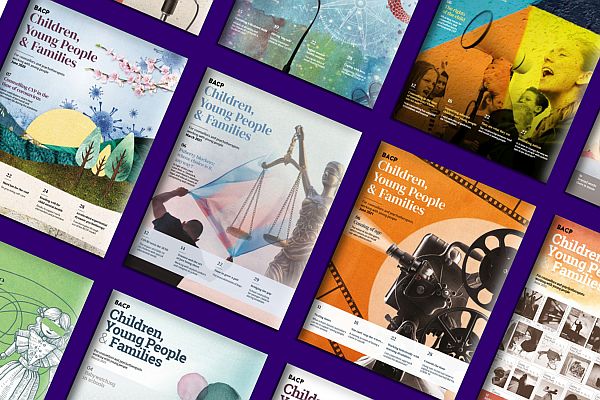Having worked as a school counsellor in a busy secondary school, setting up a service from scratch and embedding it into everyday school life, I remember the complete joy I felt when first reading the Department for Education’s guidance document Counselling in Schools, a Blueprint for the Future (2016). It soon became the go-to manual, alongside the Welsh Government’s original school and community-based counselling toolkit, which included template copies of practically all the paperwork needed at that time. Both documents felt like a gift, for example, the blueprint was a welcome reference point to demonstrate to my school that they were to pay for my supervision, but sadly the guidance now feels very out of date and has not been updated in line with our Children and Young People Competences framework and accompanying training curricular.
When I started at BACP I looked at the information we already had on working in schools and began to wonder about an updated guidance document for school leaders and commissioners to better understand the uniqueness of school-based counselling - so alongside our CYPF ethics Lead, Sarah Watson, we approached the DfE to see if there was appetite to update their document. Sadly, following several meetings with the department this wasn’t possible, so we decided to write our own alongside input from school counselling practitioners and BACP members.
Key to writing the document was my excellent working relationship with one of our school-based counselling expert reference group members, Niki Gibbs, who had just stepped down as co-chair, but was keen to co-write the guidance with BACP. Niki also had a vision of what would be most helpful for school leaders to consider and was instrumental in developing content.
Our joint aim was to write a guidance document which schools could use as an easy-to-use reference point, with clear headings, helping to unpack some of the understandable confusion when employing, contracting or hosting a school counselling professional (or service), working to an ethical and competence framework, but embedded into the school culture and environment.
One of our other aims was not to be too prescriptive, counselling managers and practitioners will always strive to put their own mark when developing quality provision. This guidance is more about ensuring our members have greater understanding linked to their unique professional identity and how this aligns within school settings.
We hope we’ve achieved this and give thanks to all those who contributed.


